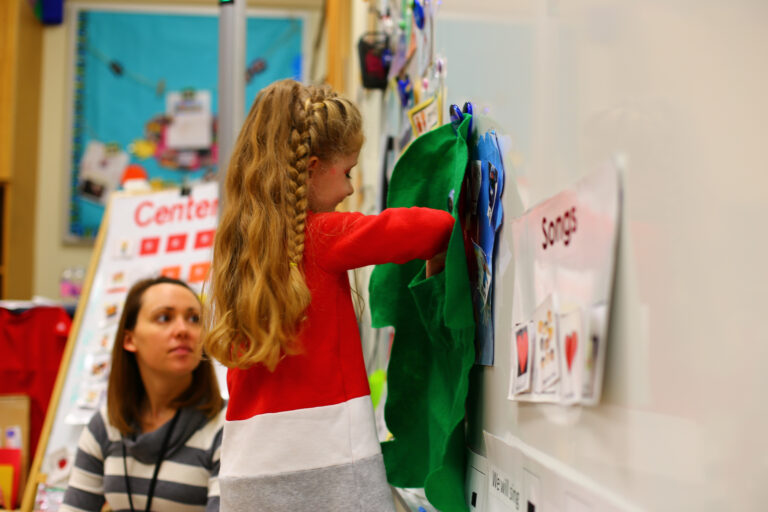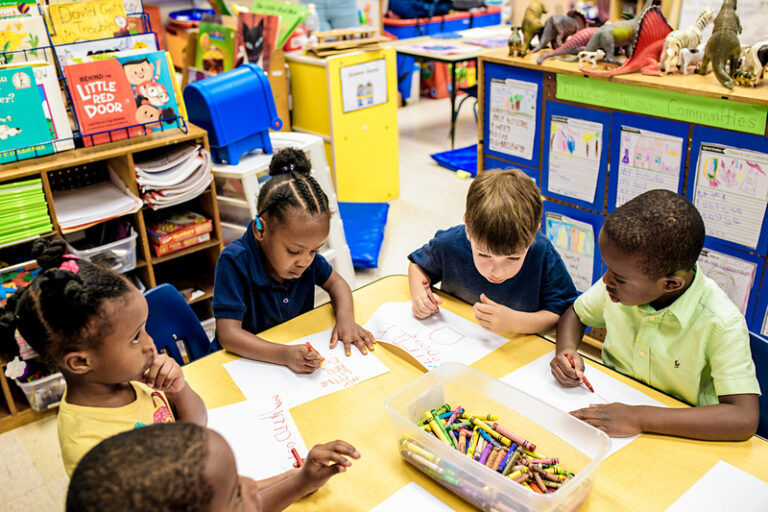Black History Month is a way to recognize and honor the significant contributions, struggles, and experiences of members of the Black community. Here’s a bit of history about Black History Month. Carter G. Wilson, the father of Black History, campaigned aggressively for the national recognition of Black literature through the publication and circulation of books about the history of Black America. On February 7, 1926, he organized Negro History Week, which eventually became what we know today as Black History Month. No matter the type of school environment, socioeconomic, and cultural background of your students, everyone benefits from learning about Black History. We study and celebrate Black History Month because, as Marian Wright Edelman state, “Education is for improving the lives of others and for leaving your community and world better than you found it.”
Here are some ways you can incorporate Black History month activities into your lessons:
1 – Read Alouds
Read alouds are a staple instructional practice that can be seen daily in many classrooms, but how can we enhance a read aloud from storytime to deep learning which helps build the brain and develop language skills? There are many quality books written that are geared towards Black history and expose students to rich language and complex themes. Choose a few books that you would like to share with your students during this month and incorporate the PAT strategy to support students’ understanding of new vocabulary. Think about selecting high-value words that students may come across as they read other Black History Month literature.
PAT Strategy
Point – point to illustration in the book that matches the vocabulary
Act – act out words whose meaning can be shown through action or facial expressions
Tell – tell the meaning of the words that need to be defined to understand the story using a child-friendly definition.
FREE Access to Stories: Check the links below to access these books from home!
| Resource | Use(s) | Cost |
| Epic Books and their curated Black History Month Collection | A digital reading website with many high-quality digital versions of picture books. | Free for Teachers, Free 30-day trial for families |
| Overdrive | A website and mobile app created for borrowing e-books. Access with your local library card. | Free |
| Local Library | Many libraries offer both in-person and online access to books. | Free |
| YouTube | Read alouds of many books. | Free |
2 – Virtual Field Trips
Unfortunately, many schools have cut back on field trips because of COVID and finite resources. But this doesn’t mean that students can’t experience some of these places! Here are some great institutions offering virtual tours for Black History Month:
Freedom March Selma to Montgomery
Google Arts and Culture Black History and Culture
The National Center for Civil and Human Rights
Smithsonian’ s National Museum of African American History and Culture
Have students write a summary, draw illustrations, or retell what they learned from the virtual tour.
3 – Talk Time
Oral language skills form the foundation for future literacy success. Oral Language helps to support the development of vocabulary and background knowledge. Think about how you can incorporate a turn and talk or think, pair, share activity. Children love to talk! After watching a movie, video clip, or reading a book give students time to discuss what they learned.
Turn and Talk
Allow time for both partners to speak. Provide a bank of vocabulary terms that relate to the topic. Ask students to use them in their conversations. English learners benefit from hearing the words used and then using them.
Think, Pair, Share
Think – Teachers begin by asking a specific question about the text. Students “think” about what they know or have learned about the topic.
Pair – Each student should be paired with another student or a small group.
Share – Students share their thinking with their partners. Teachers expand the “share” into a whole-class discussion
You can support oral language and the sharing the telling of oral family history using Story Corps, featuring a great collection of stories that uplift Black voices.
4 – Poems
Poems are a great way to develop comprehension skills, background knowledge, and a better understanding of figurative language. Read poems that are connected by themes or poems written by the same author. Encourage students to write their own poems.
5 – Student’s Voice and Choice
Let your students lead the way! Even in early grades, students are perceptive about race relations in our society. Ask your students what they are curious about and some things they would like to dig deeper into about Black History Month. Our students are creative, so allow them to do what they like best and show their creativity.



